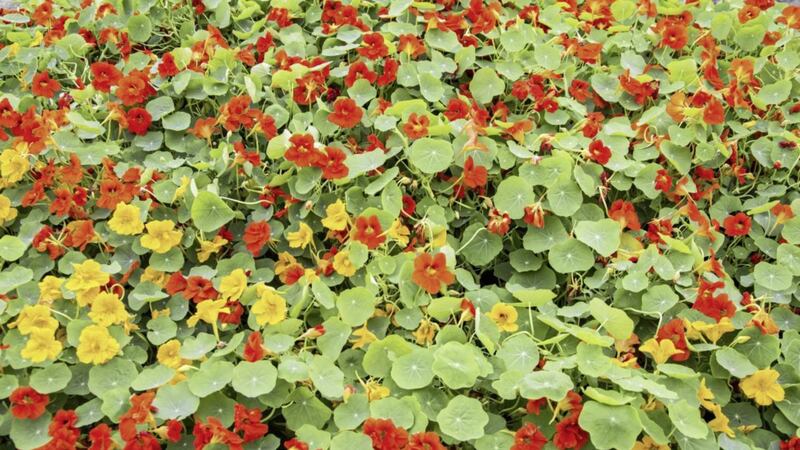THE health of your garden and its plants is dictated by ecology. No garden’s eco system is an island, with birds and mammals visiting at various times, though the smaller inhabitants, such as invertebrates, worms and micro-organisms will reside for longer.
They all play a role. The more diverse and natural this interrelated system is, the more harmonious and healthy it’ll be, meaning you shouldn’t need to rely on chemicals to control pests and diseases or to enhance plant growth.
However, we gardeners can also make interventions, by gaming nature to our advantage. One such strategy that’s been employed for centuries by gardeners and vegetable growers across the world is companion planting, the practice of growing two unrelated but mutually beneficial plants in close proximity to help deter pests or enhance pollination.
Companion planting is generally used for edible crops though it can often involve ornamental plants, helping make your veg patch more attractive while also ensuring it's healthy – a win/win situation.
Not everybody is convinced of its merits, however, and there is little scientific evidence to support the quasi-supernatural assertions of companion planting.
Numerous tests carried out by Which? Gardening over the years have proved inconclusive. While the horticultural wing of the Consumers Association has used a wide range of both crops and companions, its trials have have never fully succeeded for various reasons, including a no show by the intended pest or attacks from a different pest.
Others swear by it, though, including Bob Flowerdew, doyen of organic veg growers and Radio 4 Gardeners’ Question Time panelist, alongside Louise Riotte author of Roses Love Garlic.
For believers, companion planting can be utilised in a variety of ways, including camouflaging, repelling and through soil improvement.
Sacrificial planting may sound counterintuitive, involving as it does the lure of pests into your garden – but away from the crop you want to protect.
Aphids, for example, are attracted to both nasturtiums – which incidentally are edible – as well as to runner beans and French beans. It’s argued that if both are grown close together, the aphids will be content to eat only the nasturtiums, ignoring the more valuable legume crops. Having never been bothered by aphids in the first place, I’ve not been inclined to test the rigour of this claim, yet I find it easy to sympathise with the sceptics who argue it’ll merely attract more aphids.
Camouflaging is designed to confuse the likes of carrot fly, who feast on tender root crops. Interspersing your rows of carrots with pungent-smelling members of the allium family, such as onions and garlic, will overwhelm the predator’s senses and leave it with little choice but to look elsewhere for food. Repellents work in a similar way by giving off odours that insects find unsavoury. Garlic again is the weapon of choice when defending your plants from attack by beetles and aphids.
Meanwhile, some plants can be used to improve soil quality in your vegetable patch. Legumes such as peas, beans and lupins, have an ability to fix nitrogen in the soil. If using this approach, leave the roots of the plants in the soil after they have expired.
IDEAL COMPANIONS
:: The fragrance of French marigolds planted near tomatoes in a greenhouse will repel greenfly and blackfly
:: Garlic planted under roses is said to prevent blackspot
:: Mint planted around brassicas will deter the cabbage white butterfly, whose caterpillars can decimate a crop
:: Borage beside strawberries will help them fight off disease and produce bigger and better-tasting fruit.








